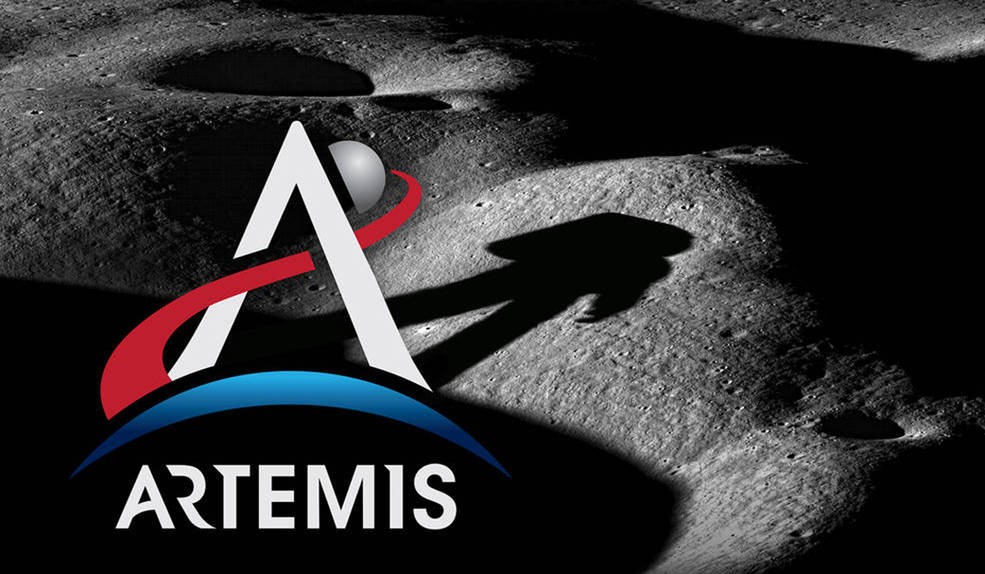In a year, the Artemis program should begin its first mission to the Moon. At the dawn of the realization of this very ambitious project, NASA recently published a report defining its scientific priorities concerning this time the Artemis III mission, the one that will allow astronauts to land on the lunar soil in 2024.
In one year, NASA will kick off its Artemis program, the most ambitious since the Apollo era. The Artemis I mission will be an unmanned mission around the Moon to test NASA's new SLS heavy launcher with the Orion capsule on board. The Artemis II mission (2023) plans to send astronauts into orbit around the Moon. As for the Artemis III mission (2024), this should mark the return of American astronauts to the ground of our planet's satellite. It will be two astronauts, including the very first woman to set foot on the star.
In a press release published on December 7, 2020, NASA defined its scientific priorities, precisely within the framework of the Artemis III mission. In this report, there are seven priority scientific objectives . Among the latter, we find the understanding of planetary processes and the origin of volatile matter from the poles of the Moon.
"The Moon has vast scientific potential that astronauts will help us tap into" , declared in particular Thomas Zurbuchen, administrator in connection with NASA who presented this report.

Let's first remember that during this Artemis III mission, the astronauts will spend only six and a half days on the full moon. So every minute will count. The report written by scientists from NASA and the academic world therefore aims to improve working conditions of these astronauts in comparison with those of the Apollo program (1961–1972). This will in particular help them to better select the samples according to their scientific interest. Indeed, no geologist will not be part of the expedition, unlike the last Apollo mission (1972).
In addition, the authors of the report believe that NASA should provide a means of broadband video communication . A team on Earth could thus support the astronauts in their choices. Experts also believe that NASA should develop lighter scientific devices , but also more efficient capable of carrying out several measurements at the same time. The objective will be to hold everything in the lander , whose construction has not yet been decided. Six months ago, NASA selected three projects, namely those of Blue Origin, SpaceX and Dynetics (with Thalès).
Finally, the authors of the report also believe that it should be sent to the Moon in advance several scientific instruments, including a power generator and a rover.